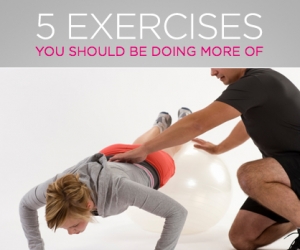How to Turn Yoga into a Cardio Workout
Yoga can be a total body workout
If you love the relaxation, strengthening and flexibility benefits of yoga, but you miss having a solid cardio workout, you can rejoice. It is possible to get your cardio while practicing yoga.
Read on to learn from yoga experts share their knowledge on how to turn yoga into a cardio workout by adding fitness elements for a total body workout.
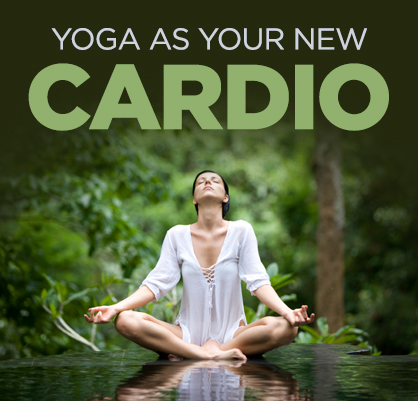
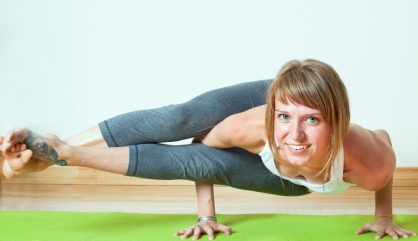
Power yoga
“A comprehensive yoga practice that combines asanas (poses) with pranayama (breathing techniques) and meditation has been proven to lower the heart rate, lower blood pressure, and reduce stress. It is possible to get a full cardiovascular workout through yoga. But if you want to have a more traditional cardio workout - one that gets your heart pumping for the purposes of weight loss - yoga can certainly be modified. Power yoga is a style of Ashtanga yoga that moves quickly through the asanas. The rapid transitions through asanas will increase your heart rate,” said Ysmay, founder of 42Yogis.com.
“Unlike strength training, yoga can be done daily, without a day off to rest between sessions. That is because yoga doesn't break down your muscles in the same way as lifting weights. If you're new to yoga, you might find it hard to stick to doing yoga every single day, especially if it's high intensity like power yoga, and that's perfectly okay. Start with a commitment to doing yoga three days a week, even if it's a short practice, and work your way up. Consistency is key,” Ysmay said.
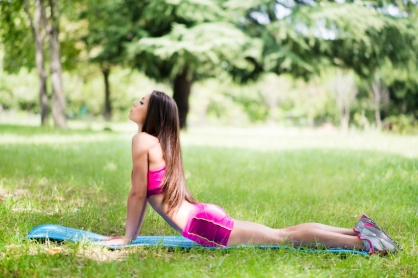
Sun salutations
Yoga can can have a cardio element to it, especially around the sun salutations, said Julie Winterton, a women’s wellness coach for DaxFIT studios in London.
“It really is about just picking the right class. Dependent on the energy of my clients in any session, we may speed the salutations up to make it more of a cardio element, or slow it down if they need to focus on the poses more,” Winterton said.
“Another way to introduce a more cardiovascular element is to utilize the principles of Peripheral Heart Action Training. PHA Training is a great fit with yoga, as it encourages blood flow around the whole of the body throughout the whole of the practice. In essence, you choose poses that would work different extremities. In it's simplest form, people choose an inversion based pose such as downward facing dog (adho mukha svanasana) which promotes blood flow to the upper body, and then follow that with something more focused into the legs such as awkward pose or a warrior pose,” she said.
“The benefit of this practice is that the muscles round the heart will be working more efficiently without exhausting the larger muscles. Vinyasa flow yoga is a practice style that lends itself well to this. As does juvamukti.”
But remember not to negate the other benefits of yoga by adding cardio. “After the cardio aspect, it is important to still practice relaxation techniques, allowing the breath to settle and not leave the body in a sympathetic nervous system dominant state,” Winterton said.
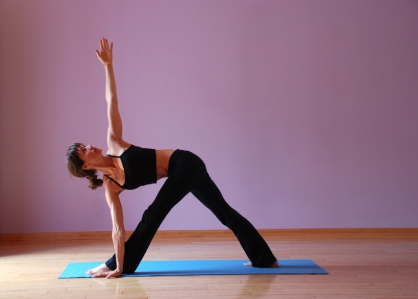
Consider Astanga, Jiva Mukti and Bikram
Emily Francis, a Sivananda trained yoga instructor, said, “The yoga classes that truly provide an excellent cardio exercise are Ashtanga, Jiva Mukti, and many would believe Bikram and hot yoga as well. All of these move in a vinyasa flow, meaning that you move to the speed of your breath. Any yoga classes that begin with sun salutations will be a good, solid cardio workout for you. The sun salutations will strengthen, lengthen the body and the breath. Your heart will beat hard but you should not lose your breath. The fabulous thing about this style of cardio practice is that although you will sweat beautifully, you will not feel like you have over done it. It teaches to control the mind, control the breath and control the body.”
Pranayama (breathing exercises) also add cardio to yoga. “This will speed up and slow down the heart. It will expand the lungs into 100% full lung capacity which is hardly ever used. 80% of the lung capacity comes from the diaphragm, while 10% comes from the center of the chest and the final 10% comes from the clavicle. Filling the stomach, then the chest and finally the collar bones provides full lung capacity,” Francis said.
“My teacher used to say, ‘you can cause or cure any disease through the breath.’ Use the vinyasa flow in your favor. Try to find a class that includes the sun salutations, the constant flow of movement, the breathing and the awareness of learning to control the body well,” Francis said.


